© ROOT-NATION.com - Use of content is permitted with a backlink.
Everyone has heard a lot about the successful actions of the HIMARS and MLRS rocket launcher systems, but today we will talk about the ATACMS (Army Tactical missile System) tactical missiles that can be fired by these MLRS.
The network is abuzz with speculation after a series of explosions in Crimea. Russia declares that ammunition exploded at the airbase, Ukrainians talk about an attack by their own means, although unofficially. However, the remoteness of the Russian base from the front line is surprising. Therefore, there is an assumption that American ATACMS missiles are responsible for the destruction in Crimea.
Read also: How can M142 HIMARS and M270 rocket systems change the course of war in Ukraine?
What is the ATACMS complex?
The ATACMS (Army Tactical Missile System) is a short-range ballistic missile that is launched from the M270 MLRS and/or HIMARS artillery systems. It provides an offensive capability that exceeds the range of modern howitzers and missile systems. Each M270 MLRS artillery system can accommodate up to two Army ATACMS missiles instead of 12 227 mm missiles, while HIMARS can only carry 1 ATACMS missile instead of 6 227 caliber missiles. ATACMS is especially well suited for attacking targets located at a distance.
The ATACMS ballistic missile was first used in 1991 in Kuwait and Iraq during the Persian Gulf War. The US military places great trust in a family of tactical missiles that deliver long-range precision strikes against a wide range of targets.
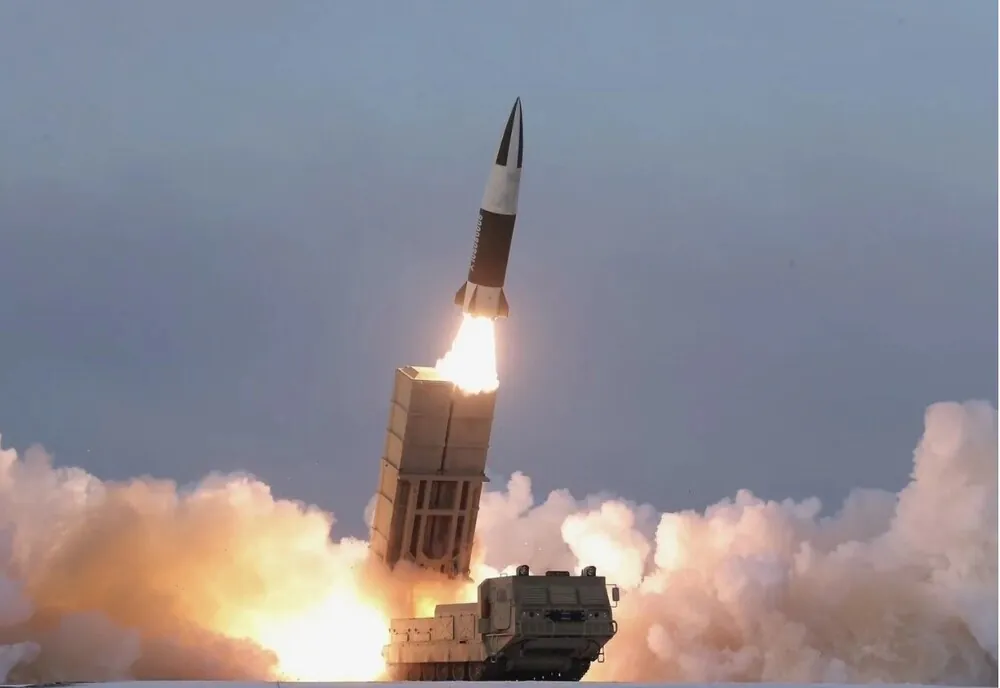
This US short-range ballistic missile system is the only weapon of its type still in service with the US military. It received the designation M39 from the US Army, and its DOD designation MGM-140 . These weapons complement the US Army’s reactive artillery systems, effectively bridging the gap between the artillery systems used by ground forces and the aviation and cruise missiles used by the Air Force and Navy.

In fact, gategorising ATACMS as a ‘ballistic missile’ is not entirely accurate, since such a classification assumes that the projectile flies on a ballistic trajectory. While the ATACMS moves in a ballistic arc toward its target, it also performs a series of rapid and sudden turns and course corrections en route to its target. This seemingly erratic behavior in flight makes it extremely difficult to track or intercept. Therefore, this class of weapon is also called a ‘quasi-ballistic missile’, although the US Army also calls ATACMS a ‘cruise missile’.
Read also: ‘Neptunes’ knocked out ‘Moskva’ cruiser: All about these anti-ship cruise missiles
Interesting facts from the history of ATACMS
For the first time, the possibility of developing an army tactical missile complex was discussed in the Pentagon back in 1980 due to the need to control the ballistic missiles of the USSR. In 1982, the JTACMS (Joint Tactical Missile System) program was created, in which the Ministry of Defense combined two similar programs of the US Army and the US Air Force. That is, it was decided to develop a joint missile complex for both the army and the US Air Force. But in 1985, the USAF withdrew from the JTACMS project, choosing to focus on developing new types of weapons for its aircraft.
The project soon became an Army project and was renamed ATACMS. LTV Aerospace won the tender and in May 1986 was awarded the contract to develop and manufacture the ATACMS system. The first flight of the XMGM-140A missile took place in 1988, and initial production began later that year. After additional tests and refinements, ATACMS, namely the MGM-140 modification, officially entered service with the US Army in January 1991. The Lockheed Martin company worked on it, which continues to modernize these powerful munitions.
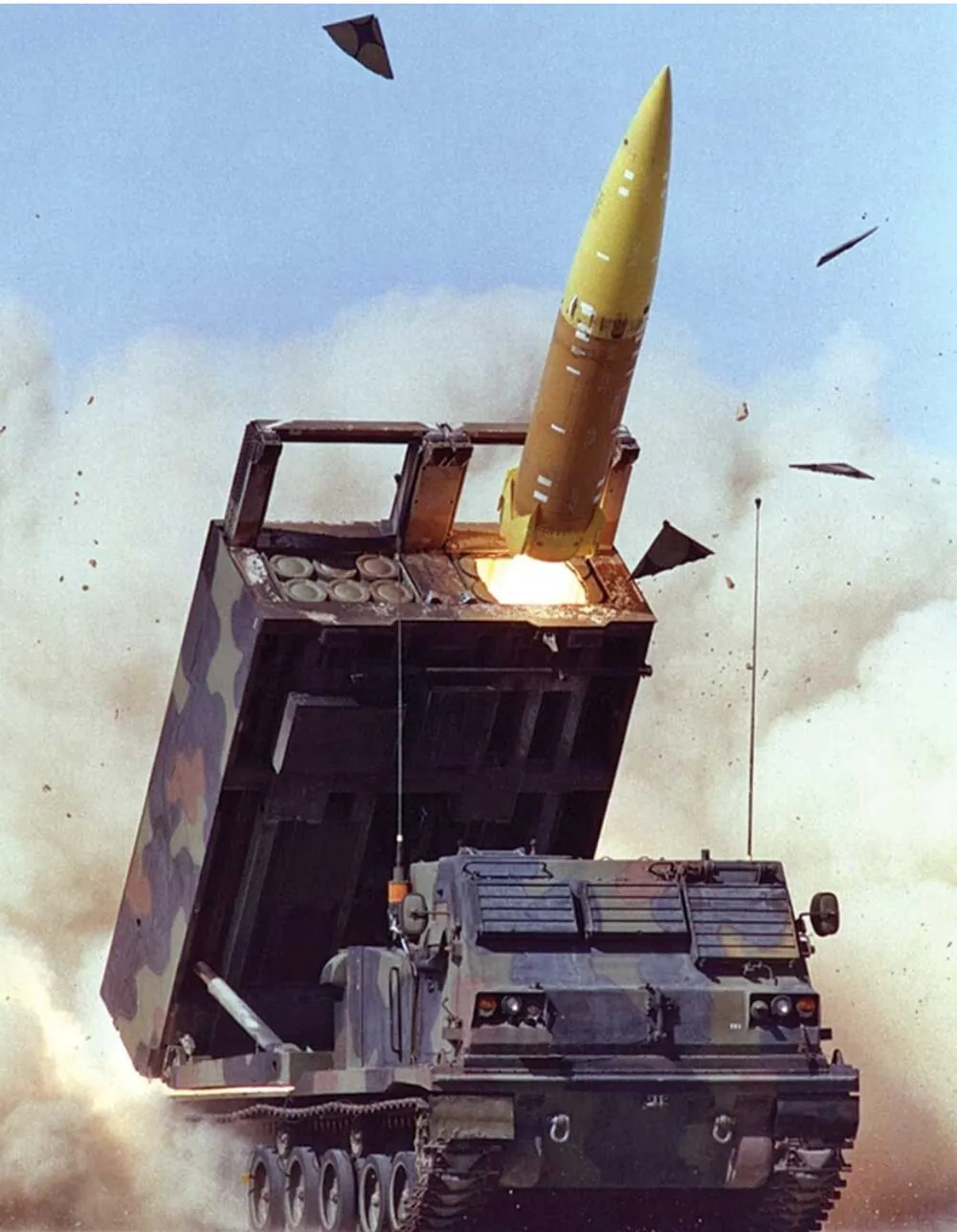
ATACMS was adopted just in time, as the US Army was on the brink of war with Iraq. During Operation Desert Storm, 32 MGM-140 missiles were launched. This weapon was used much more intensively in Operation Iraqi Freedom, during which more than 450 munitions were launched. To date, more than 560 ATACMS have been launched during hostilities. By the way, all these launches were carried out by the military of the US Army, that is, the Armed Forces of Ukraine may become (or may have already become) the second army in the world that used MGM-140 ATACMS missiles.
Read also: All about the General Atomics MQ-9 Reaper
More details about ATACMS
There is no specific launch platform for ATACMS. The army’s tactical missile complex is launched from the M270 MLRS or the well-known M142 HIMARS, in which the more familiar 227-mm 6-missile rocket launcher is replaced by a single MGM-140 missile launcher. That is, the M270 MLRS can carry one ATACMS missile and 6 227 mm missiles, or two ATACMS missiles, while the HIMARS launcher only has enough room for a 6-munition 227 mm missile launcher or one ATACMS.
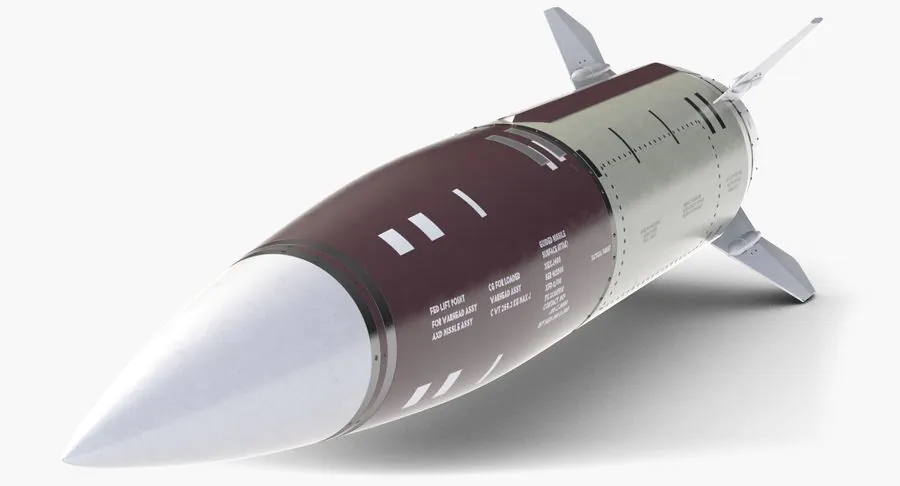
The original MGM-140A ATACMS model used INS for guidance, while later models also use GPS to improve their accuracy. These guidance systems are known to give the missile a circular error probable (CEP) of between 10m and 50m, depending on the model and mission fire circumstances. However, the overall accuracy of the ATACMS is much more difficult to judge because the CEP measures only the densest group of half the rounds fired during testing and does not take into account the location of the point of aim, the location of the target, or the entire area that the projectiles hit. However, this is not a concern, and combat reports suggest that the MGM-168A is reasonably accurate.
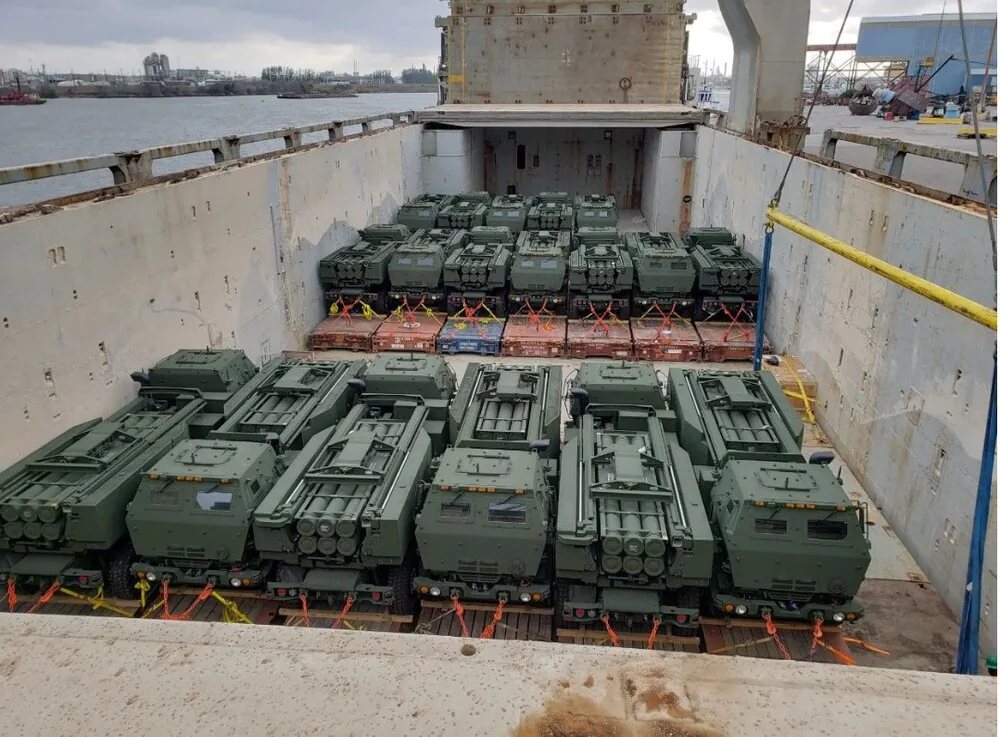
Three different types of warheads are used on operational models of the ATACMS. The MGM-140A contains 950 M74 APAM (Anti-Personnel Anti-Material) submunitions, which are dispersed in the air during the last stage of the final phase of the missile’s flight. Depending on how far from the target the missile is set to release its submunitions, they can potentially cover an area of up to 33,000m², with each submunition having a strike radius of 15m. The MGM-140B scatters the same M74 submunitions, but about a quarter less. The MGM-168A has a large unitary warhead designed to significantly increase damage to point targets while minimizing collateral damage. All three of these warheads are most effective when used against unarmored targets.

All ATACMS models are powered by solid fuel rocket engines, with different effective ranges for the three operational models. The original MGM-140A model has the shortest range with an effective range of 128 km. Reduced warhead weight in the MGM-140B resulted in an improved range of up to 165 km, while the newer MGM-168A has a range of up to 300 km.
ATACMS never uses a nuclear warhead, so it is likely that the development of this weapon was permitted under the terms of the 1987 Intermediate-Range Nuclear Forces Treaty. Production ceased in 2007 (3,700 rounds of ammunition had been produced by that time) and has not yet been resumed. However, development is still ongoing, with an emphasis on improving the accuracy and reliability of submunitions.
Read also: Weapons of Ukrainian Victory: Iris-T SLM for Ukraine from Germany
Modifications of ATACMS
In total, several modifications of the ATACMS army tactical missile complex were developed. Here are some details about them.
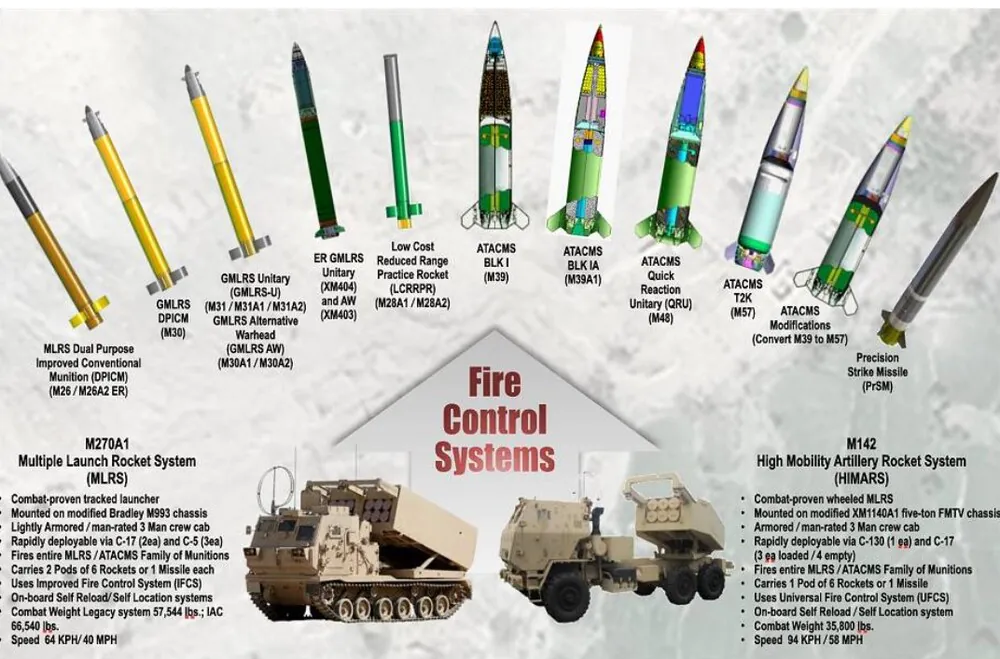
ATACMS Block I, known as M39, MGM-140 and MGM-140A
This is the very first modification, although it is still used. The first launch took place in 1988. ATACMS Block I carries 950 M74 antipersonnel/submunitions and has an estimated range of 165 km. The guidance system of this modification is based on a ring laser gyroscope.
Read also: Saab JAS 39 Gripen as an option for Ukraine’s Air Forces: what kind of plane is it?
ATACMS Block IA, known as M39A1 and MGM-140B
The ATACMS Block IA is a variant of the combat-proven ATACMS missile with an increased range and reduced payload. Block IA has a range of over 290 km and carries 300 M74 anti-personnel/submunitions. In addition, the ring laser gyro guidance system of the basic ATACMS’ was replaced with a GPS/INS combination. The new GPS/INS-based navigation system provides better accuracy than its predecessor. It was this missile that the Pentagon used during the hostilities in Iraq.
ATACMS Block II, known as M39A2 і MGM-164
ATACMS Block II retains the Block I guidance system, but has a reduced range and an entirely new payload. The Block II payload consists of 13 BAT submunitions or the improved BAT P3I model, designed to engage moving and stationary armored targets.
Читайте також: Все про 155 мм гаубицю M777 і керований снаряд M982 Excalibur
ATACMS Block IVA, known as Block IA Quick Reaction Unitary, Block IA Unitary, Block IA Unitary PIP, QRU, M57, MGM-140E, MGM-168, T2K і XM57
I want to dwell on this modification in more detail. The ATACMS Block IA Unitary missile is a derivative of the Block IA tactical ballistic missile. It retains the guidance system and maximum range of the Block IA, but the M74 submunitions are replaced with a 500-pound unitary warhead. This warhead reduces the likelihood of collateral damage, while allowing it to attack protected targets such as fortifications and bunkers in enemy territory up to 300 kilometers away. The Block IA unitary missile was tested during combat operations in Operation Iraqi Freedom in 2003.
In October 2004, ATACMS Block IA Unitary began flight testing with a new guidance and control package and new software at White Sands Missile Range, New Mexico. Two tests were planned to demonstrate the new guidance system, the second test took place in the fourth quarter of 2004. An improved guidance system, including improved GPS, ensured a vertical strike trajectory and improved target engagement accuracy. The Block IA unitary missile, equipped with an advanced guidance system, will be able to fly over obstacles such as mountainous terrain and buildings and then dive vertically to better engage its intended target. Such a function is particularly well suited for performing tasks in urban conditions. The new instructions package became available in early 2005.
On February 7, 2005, Lockheed-Martin was awarded a $45 million contract to manufacture ATACMS Block IA unitary missiles for the US Army. These missiles were the first to be equipped with new guidance, control and detonator systems. Delivery was planned for 2006. This weapon took part in combat during the Iraq operation. The Pentagon also soon announced that it was developing a new multi-mode warhead with three detonator options for the ATACMS, the development phase of which began in 2006. A breaching fragmentation warhead integrated into the ATACMS missile was tested at the Pendayne test site in Wales, UK. This test was conducted to validate the BROACH as a possible payload for the ATACMS Block IA unitary missile. The test program was funded by the US Army, Lockheed-Martin and BAE Systems.
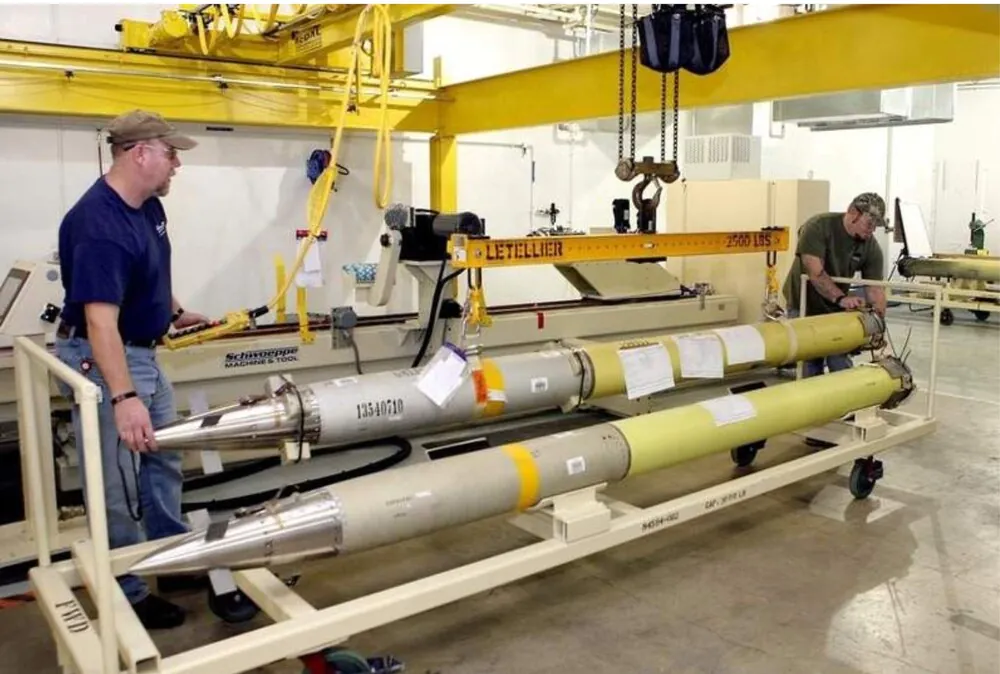
On April 13, 2005, Lockheed-Martin successfully tested the ATACMS Block IA Unitary for the second time with an updated guidance and control system and new software at White Sands Missile Range, New Mexico. In July 2005, Lockheed-Martin received a $79 million contract from the US Army for the production of 106 ATACMS Block 1A Quick Reaction Unitary (QRU) missiles. In July 2006, Lockheed Martin received a new order for the production of ATACMS Unitary Product Improvement missiles worth $36 million.
The first flight of the Product Improvement rocket took place in January 2008. The improved missiles received a multifunctional detonator/warhead system, which is capable of carrying out air burst or point detonation missions. In October 2006, Lockheed Martin received a $47 million contract to purchase ATACMS Block 1A Unitary missiles, which were delivered in the second quarter of 2008.
Read also: Silent killers of modern warfare: most dangerous military UAVs
ATACMS-P, known as M39A3
ATACMS-P (Penetrator) is a special modification of the ATACMS missile. It integrated the ATACMS booster with the Navy’s missile, resulting in an improved ability to destroy fortified and entrenched targets. The Penetration Warhead (EPW) is a key element of this new tactical missile system. The ATACMS-P or TACMS-P is fully compatible with the M270/A1 reactive artillery system and has an effective range of 220 km. The flight test program was completed in August 2005 at White Sands Missile Range, New Mexico.
Modernised TACMS, known as M57A1
This is the most recent modification, work on which began in 2016 and continues to this day.
The US Army Upgraded Model TACMS, or M57A1, is an updated version of the ATACMS tactical ballistic missile with a maximum range of 300 to 450 kilometers. Lockheed Martin’s upgrade includes new electronics and a 20-year shelf life for each missile that undergoes the upgrade. The M57A1 was first delivered to the US Army in 2016, and in 2018 the modernization of existing missiles was completed.
Precision Strike Missile (PrSM) – a powerful munition to replace the ATACMS
While Ukraine is waiting for a decision on the transfer of long-range ATACMS missiles for the HIMARS and M270 multiple launch systems, the US is actively working on the creation of a more powerful Precision Strike Missile (PrSM).
This became known quite recently. It is known that the new generation rocket will be cheaper and at the same time much more efficient. And the target hitting range will reach 650 km.
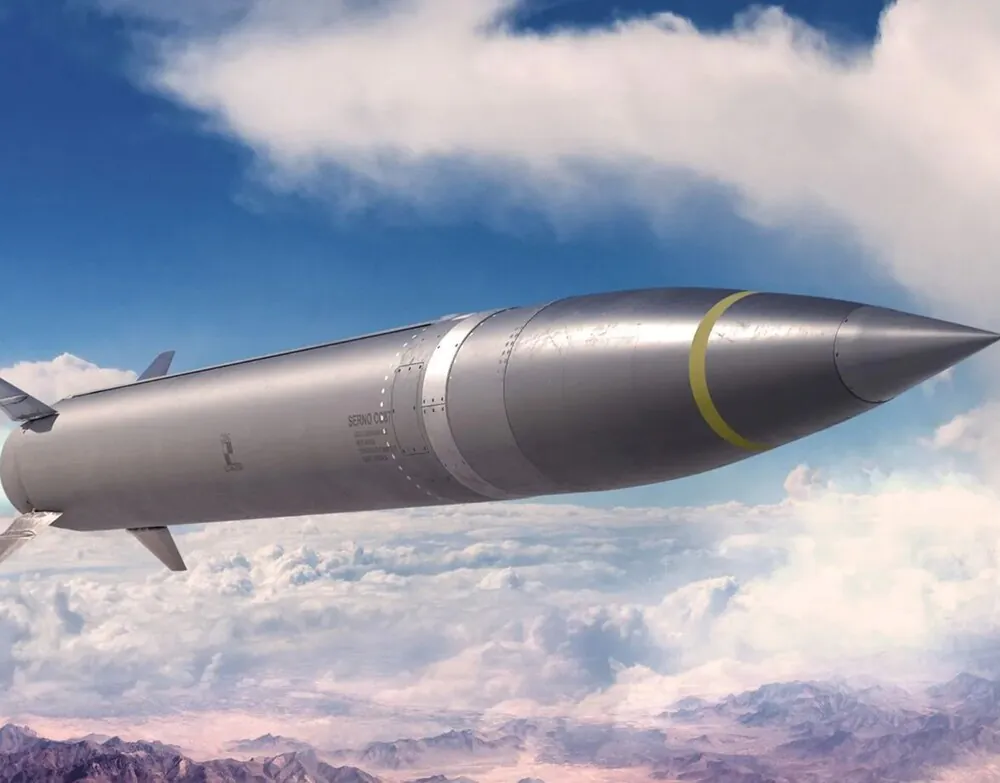
PrSM is designed to strike enemy air defenses, missile launchers, command centers, troop concentration areas, and especially important targets on the battlefield. The multi-mode homing warhead will be able to destroy moving sea targets, for example, Russian ships in the Black Sea.
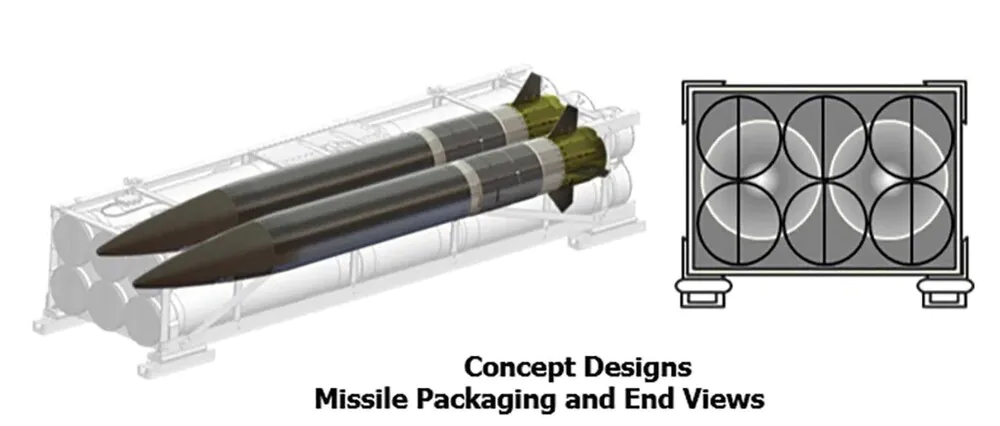
A representative of the US Army said that the PrSM prototype had already demonstrated the ability to fly far beyond the limit of 400 km. When asked about the cost, he answered that the new generation rocket is cheaper than the previous model. The warhead is an ‘optimized unitary designed to achieve the same effects as the ATACMS.’
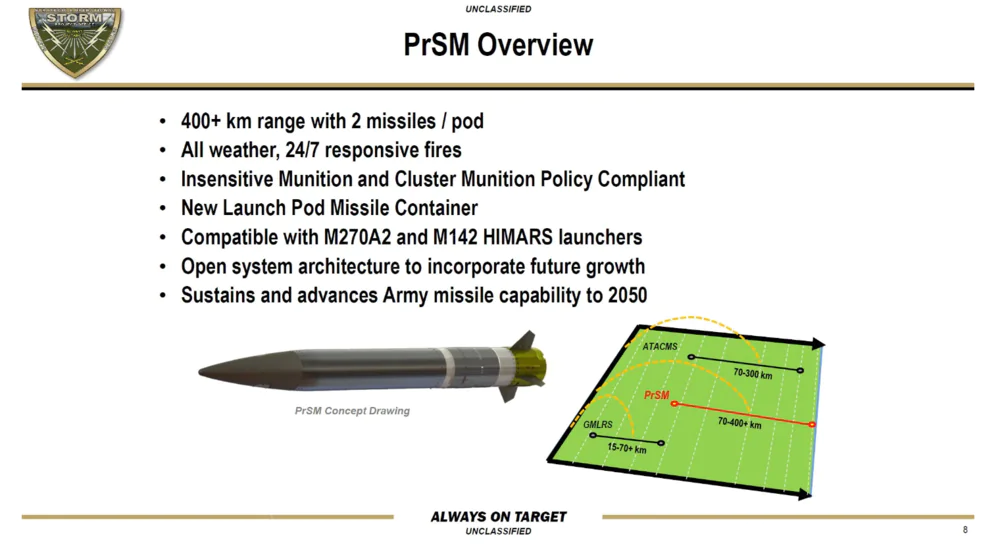
‘Future upgrades to the Precision Strike Missile will include: capabilities to engage moving land and sea targets; increased lethality payloads capable of autonomously detecting, targeting, and engaging moving, displaced, or dispersed targets; and the ability to increase range through air-jet engine,’ the US military said in a statement.
Specifications of ATACMS
- Length: 3,96 m (ATACMS MGM-140A and MGM-140B); 4,00 m (MGM-164B and MGM-168A)
- Diameter: 0,61 m
- Wingspan: 1,4 m
- Weight: 1670 kg – ATACMS MGM-140A; 1320 kg – MGM-140B
- Type: cassette
- Firing range: 165 km – ATACMS MGM-140A; 300 km – MGM-140B; 140 km – MGM-164A; 270 km – MGM-168A.
Read also: Comparison of F-15 Eagle and F-16 Fighting Falcon fighters: pros and cons
Why does Ukraine need ATACMS missiles?
Of course, a simple answer suggests itself: so that it would be. But it is clear that the missiles of this powerful army tactical missile complex will be able to hit enemy targets in all occupied territories – in the Kherson, Zaporizhzhia, Donetsk, Luhansk, and Kharkiv regions. In addition, the missile’s range covers Crimea and the Kerch bridge. We can all see how the Crimea is already burning and what panic it is creating there. But the most important thing is that ATACMS will even be able to hit targets on the territory of the Russian Federation and Belarus. And this is a completely different course of war, different goals and priorities.

We believe in our Armed Forces, we believe that they will be able to break the backbone of hordes of orks from Moscow. Victory will be ours! Glory to Ukraine!
You can also help Ukraine fight with Russian occupants via Savelife or via an official page of the National Bank of Ukraine.
Read also: Weapons of Ukrainian victory: ATGM Stugna-P – Russian tanks are in trouble

